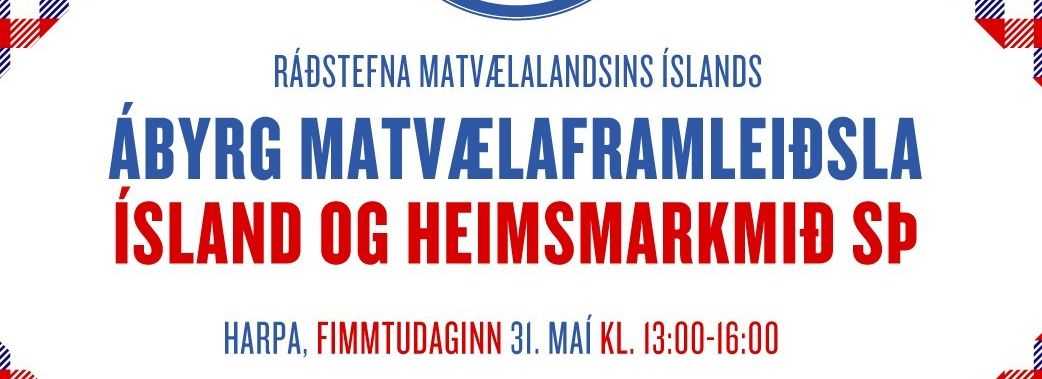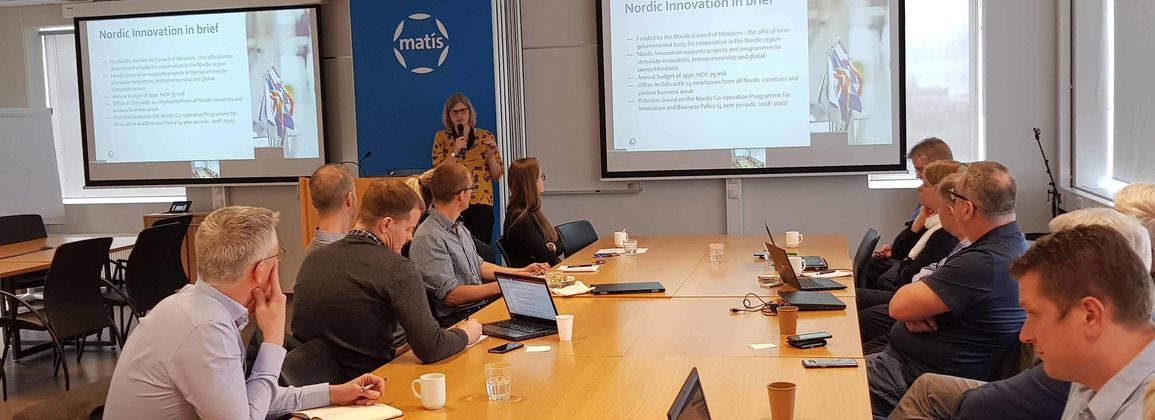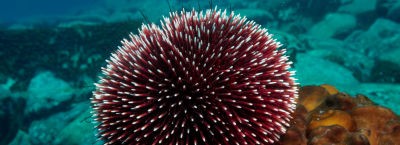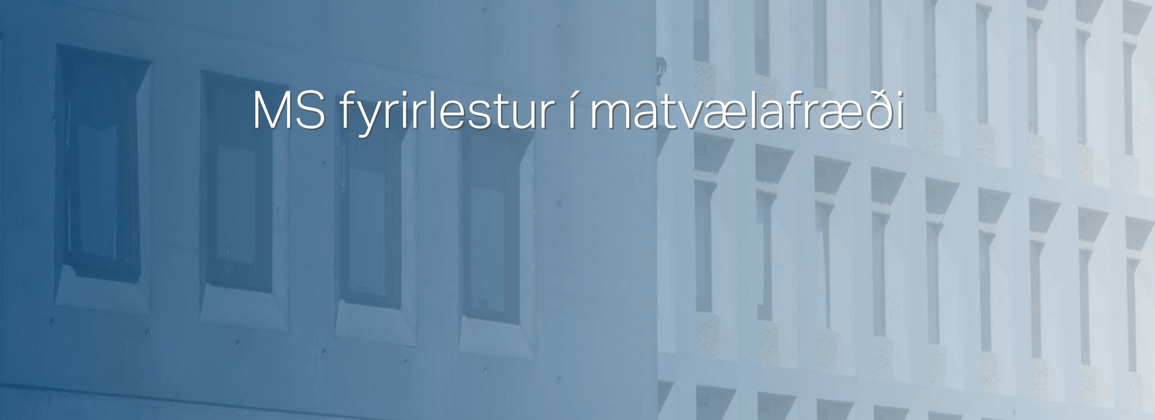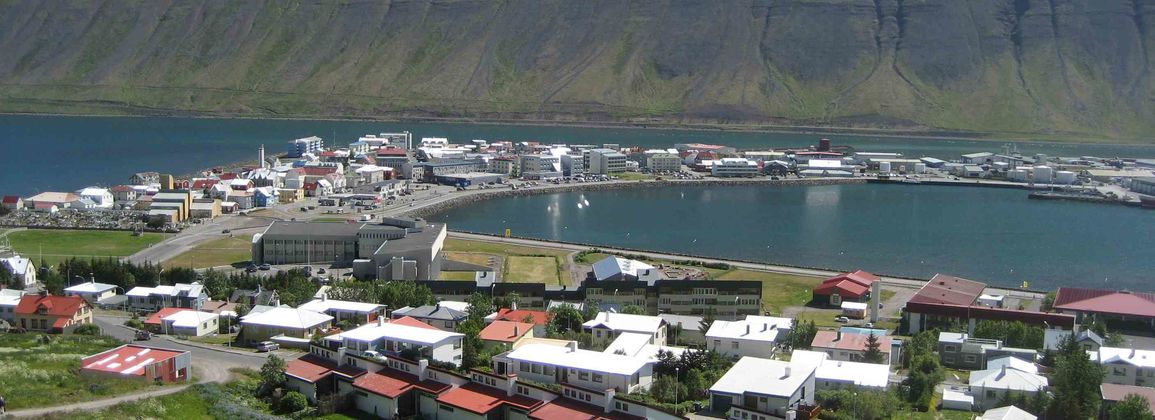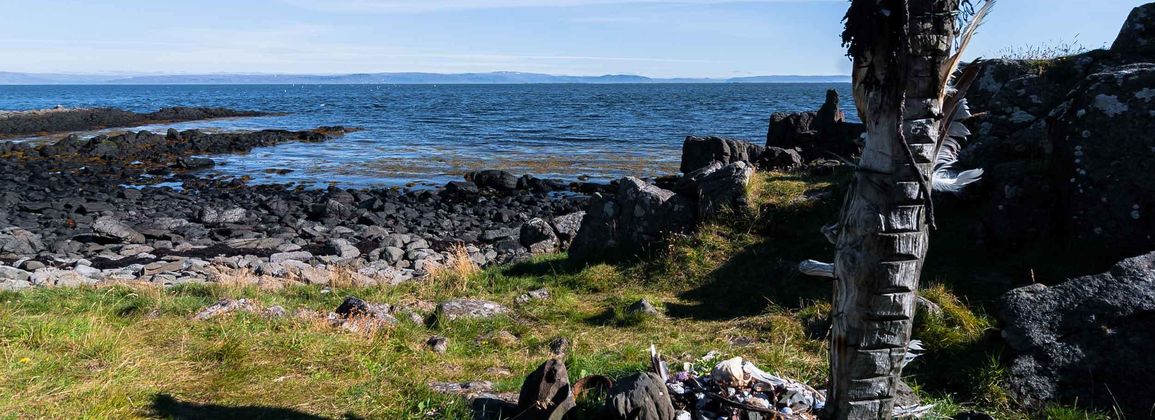Samstarfsvettvangur um Matvælalandið Ísland efnir til ráðstefnu um ábyrga matvælaframleiðslu og heimsmarkmið Sameinuðu þjóðanna, fimmtudaginn 31. maí í Hörpu kl. 13.00-16.00.
Á ráðstefnunni verður sérstaklega fjallað um hvernig fyrirtæki í matvælageiranum geta tileinkað sér ábyrga framleiðsluhætti, t.d. með því að auka sjálfbærni, minnka sóun, auka hagkvæmni í orkunotkun, bæta nýtingu auðlinda og ganga vel um umhverfið.
Serena Brown, stjórnandi á sviði sjálfbærrar þróunar hjá ráðgjafarfyrirtækinu KPMG á Englandi, heldur erindi þar sem hún fjallar um heimsmarkmið SÞ og sjálfbæra þróun. Hún mun meðal annars fjalla um þau tækifæri sem felast í því fyrir fyrirtæki í matvælageiranum að tileinka sér gildi hennar. Svið sjálfbærrar þróunar hjá KPMG hefur um árabil rannsakað og veitt fyrirtækjum og stofnunum ráð við að innleiða ábyrga framleiðsluhætti í sína starfsemi.
Sveinn Margeirsson, forstjóri Matís, ræðir um samkeppnisforskot á grunni ábyrgðar og upplýsingagjafar og Einar Snorri Magnússon hjá Coca Cola European Partners segir frá starfsemi síns fyrirtækis í málaflokknum. Heiðrún Lind Marteinsdóttir hjá SFS ræðir um ábyrgar fiskveiðar og í seinni hluta ráðstefnunnar verða sagðar reynslusögur úr ýmsum áttum, m.a. úr landbúnaði, iðnaði, hótelrekstri og landgræðslu.
Markmið Sameinuðu þjóðanna um sjálfbæra þróun eða heimsmarkmiðin, sem samþykkt voru á allsherjarþingi Sameinuðu þjóðanna 2015, boða framfarir á heimsvísu. Þau snúa að samfélaginu í víðasta skilningi, s.s. framleiðsluháttum, notkun á orku, samvinnu, útrýmingu á fátækt og hungri og eiga að tryggja góða heilsu og vellíðan svo fátt eitt sé nefnt. Markmiðin eru sautján að tölu ásamt 169 undirmarkmiðum og ber ríkjum heims að ná þeim fyrir árið 2030.
Á ráðstefnunni verður krufið til mergjar hvernig markmiðin snerta íslenska matvælaframleiðslu, allt frá stefnumörkun til aðgerða sem fyrirtæki, stofnanir og stjórnvöld koma að. Leitast verður við að varpa ljósi á tækifæri og áskoranir sem markmiðin hafa á íslenska matvælaframleiðslu.
Enginn aðgangseyrir er að viðburðinum og hann er öllum opinn. Fundarstjóri er Elín Hirst fjölmiðlakona. Skráning er á vefnum si.is.
Að samstarfsvettvanginum Matvælalandið Ísland standa Bændasamtökin, Háskóli Íslands, Íslandsstofa, Matís, Matarauður Íslands, Samtök ferðaþjónustunnar, Samtök fyrirtækja í sjávarútvegi og Samtök iðnaðarins.
Dagskrá
Kl. 13.00 Setning og afhending verðlauna Ecotrophelia Ísland
Kristján Þór Júlíusson, sjávarútvegs- og landbúnaðarráðherra
Matvælalandið Ísland: Samkeppnisforskot á grunni ábyrgðar og upplýsingagjafar
Sveinn Margeirsson, forstjóri Matís
The Sustainable Development Goals: Opportunities for the Icelandic Food Industry
Serena Brown, director, Sustainable Development KPMG International
Áfram veginn
Einar Snorri Magnússon, forstjóri Coca Cola European Partners á Íslandi
Ábyrgar fiskveiðar
Heiðrún Lind Marteinsdóttir, framkvæmdastjóri SFS
Reynslusögur úr ýmsum áttum
- Arnheiður Hjörleifsdóttir, bóndi á Bjarteyjarsandi
- Eva María Sigurbjörnsdóttir, framleiðslustjóri Eimverks
- Bryndís Marteinsdóttir, verkefnastjóri hjá Landgræðslu ríkisins
- Ólafur Helgi Kristjánsson, matreiðslumeistari á Hótel Sögu
- Guðrún Hafsteinsdóttir, markaðsstjóri Kjöríss
Fundarstjórn: Elín Hirst fjölmiðlakona
Harpa – Kaldalón
fimmtudaginn 31. maí
kl. 13.00-16.00
Ráðstefnan er ókeypis og öllum opin en nauðsynlegt er að skrá sig á vef Samtaka iðnaðarins, www.si.is.


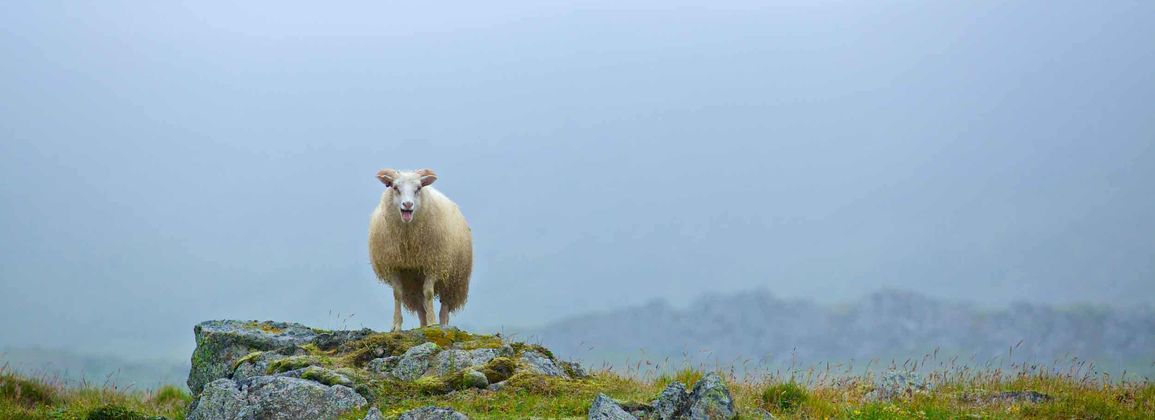
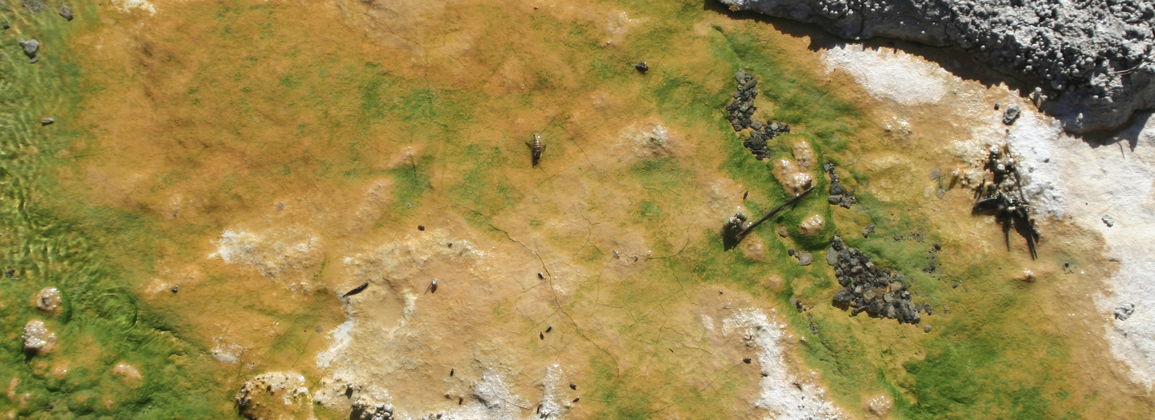

 Yfirlitsmynd fyrir verkefnið – höfundur Antoine Moenaert.
Yfirlitsmynd fyrir verkefnið – höfundur Antoine Moenaert.